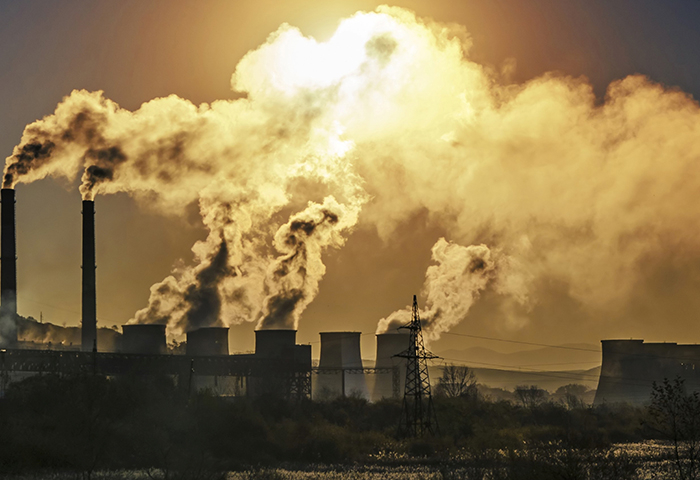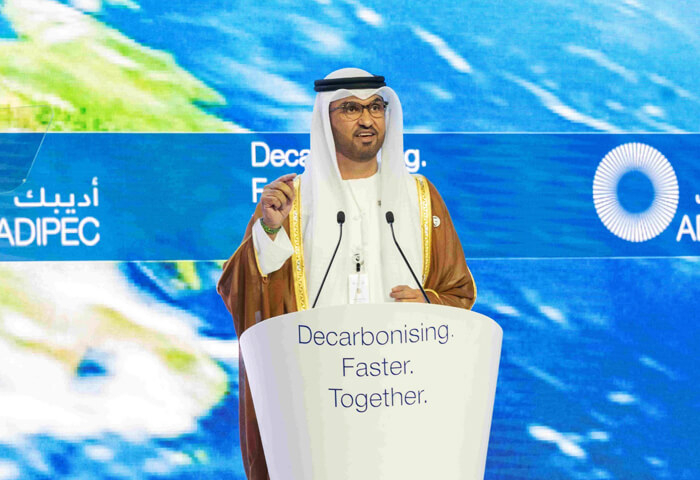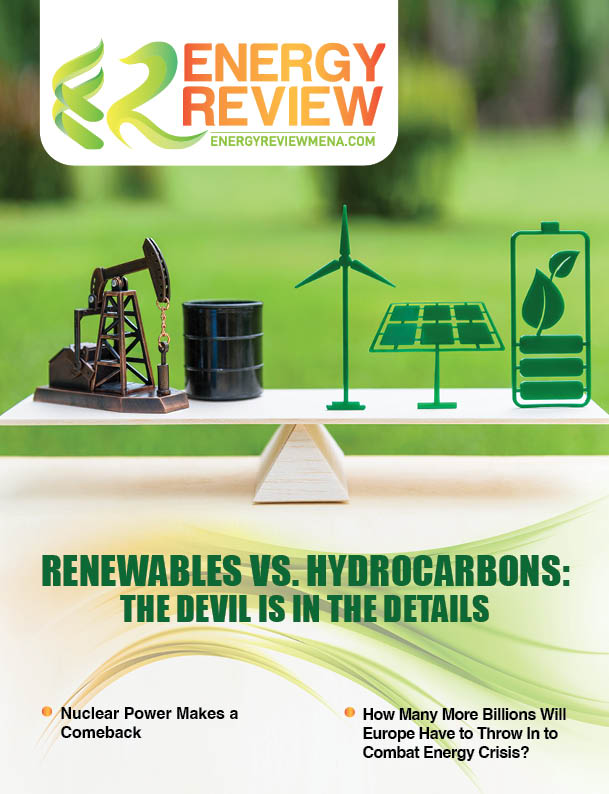Energy industry-related carbon dioxide (CO2) emissions rose globally by 6% in 2021 to 36.3 billion tons, the highest-ever level, as the world economy rebounded strongly from the COVID-19 crisis, according to an International Energy Agency (IEA) report.
Combined with the methane emissions estimates that the IEA published earlier this year and estimates of nitrous oxide and flaring-related CO2 emissions, the new analysis shows that overall greenhouse-gas (GHG) emissions from the energy industry also rose to their highest-ever level in 2021—40.8 Gt of CO2 equivalent (CO2eq).
Independent bodies in France and the United Kingdom are criticizing the climate inaction of their respective governments, pointing to shortcomings in public policies and the resultant failure to achieve the greenhouse gas emission reduction targets.
In the Middle East, decarbonization initiatives are gathering pace as environmental regulations become stricter around the world and as companies vie to be at the forefront of emission-reduction measures. While CO2 emissions are lower in the Middle East compared with those in other regions, these oil and gas producing countries are under pressure to enhance their climate-change measures further.
The national greenhouse gas inventories, within the framework of the Paris Agreement, establish a measure of compliance for the committed signatories. However, how are these emissions measured?
What is a greenhouse gas?
Greenhouse gasses are those that absorb infrared radiation (part of the sun's emission spectrum) subsequently reflected by the Earth's surface. They thus contribute to the greenhouse effect, which allows a reasonable temperature at the Earth's surface. For the national inventories, the so-called anthropogenic emissions resulting from human activities are taken into account. With a greater accumulation in the Earth’s atmosphere, they become responsible for global warming.
Estimates rather than measurements
National greenhouse gas emission inventories are based on estimates, using a simple mathematical formula. Emissions are calculated by multiplying the quantity of activity by an “emission factor” relative to the substance under consideration.
For countries unable to determine national values for their emissions, the UN climate experts (IPCC) provide a default metric. The emission factor is used to convert the consumption levels of the different energies into the quantity of greenhouse gasses.
Countries follow the IPCC guidelines for their reporting. These standards include recommendations for data collection methods, the sectors to be monitored, and the “global warming potential” of each of the gasses.
It is an index that “allows us to compare the relative impact of greenhouse gasses on climate change”, by converting direct emissions into “CO2 equivalent” (eqCO2), explains Citepa, the French inventory organization. This is the “global warming power (GWP) representing the impact of a greenhouse gas on the climate”.
Countries involved
Not all countries have the same responsibilities under the United Nations Framework Convention on Climate Change (UNFCCC). The so-called Annex 1 countries, which include all OECD members as well as Russia, have made commitments to reduce their emissions and provide an inventory report to be made available two years after the year observed.
For the rest of the world, which "today emits 70% of the planet's greenhouse gas emissions, there is no other obligation than to try to make national communications at regular intervals, which are less precise, which are not at all in a harmonized format," explains Philippe Ciais, Director of Research at the Laboratory of Climate and Environmental Sciences (LSCE) and author of the IPCC.
China, the largest emitter of greenhouse gasses, and the Gulf countries all fall under this category.
Sectors and gasses to monitor
The major sectors observed:
- Energy: with all the fuel combustion activities of industries, transportation and construction;
- Industrial processes: such as cement or glass production, chemical, electronic and metal industries, but also the use of products as substitutes for ozone depleting substances;
- Agriculture, forestry and other land uses;
- Waste treatment.
The main greenhouse gasses identified by the IPCC are carbon dioxide (CO2), methane (CH4), nitrous oxide (N2O), hydrofluorocarbons (HFCs) used in spray propellants, perfluorocarbons (PFCs) found in air conditioners, sulfur hexafluoride (SF6) used as a thermal insulator, and nitrogen trifluoride (NF3) used in microelectronics.
National inventories reported to the UNFCCC also include emissions of four indirect greenhouse gasses: carbon monoxide (CO), non-methane volatile organic compounds (NMVOCs), nitrogen oxides (NOx) and sulfur oxides (SOx).









